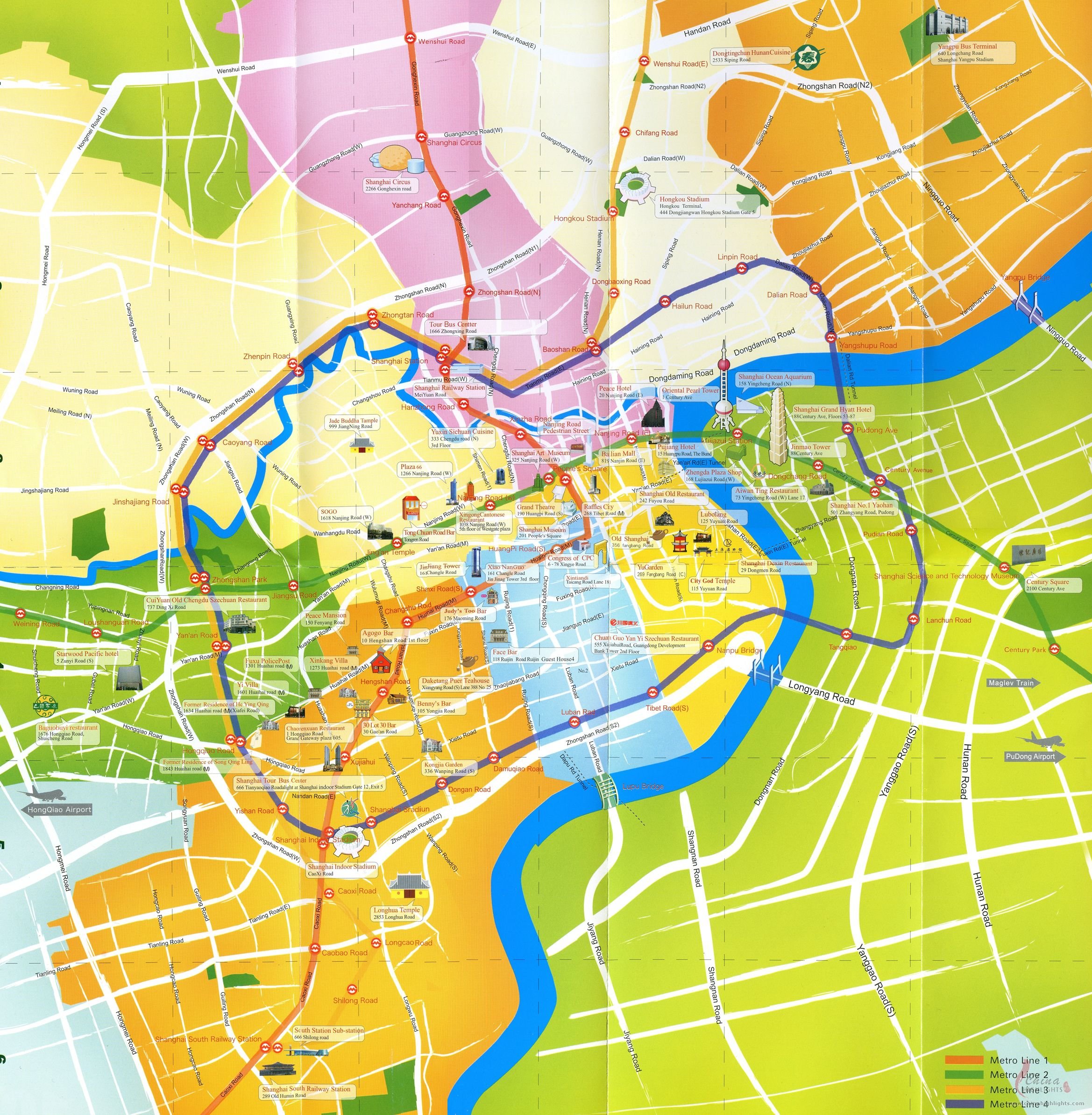2J
CID Group 6 Written Report: China’s National Issues
How does China manage their national issues?
The national issues are pollution, overcrowding, and
urban planning.
Pollution:
Many modern cities in China have their air quality
index (AQI) above 100, at approximately 165 on average. This means that the air
in China is very polluted. Harmful particles in the air called PM2.5 in china
was found to be 156% higher than the national recommended standard, and 4 times
the daily level recommended by the world health organisation.
The biggest contributors to the air pollution are
the huge number of factories and vehicles, as well as the burning of coal for
energy.
The recent results show a decrease in the amount of
drinkable underground water in china by 2% compared to 57.4% in 2012. If the
quality of water is considered poor, it cannot be used at all as a source of
drinking water, say china’s underground water standards, while water of
relatively poor quality may be used for drinking only after special treatment.
In April, cancer-inducing benzene was found in the water supply of the city of
Lanzhou, which is considered one of the most polluted in the country.
How China manages it:
Environmental inspectors are imposing
tough, new standards on thousands of polluting firms. They are also shutting
down and punishing polluting firms. They only permit
vehicles that conform to the tough fuel standards, but China does not have the
technology to enforce its rules.
Overcrowding:

The housing problem has been one of Shanghai's most serious social
problems. A survey in 1985 showed that nearly half of the city's 1.8 million
households were in overcrowded conditions. 216,000 households had an average
per capita living space under 4m2; over 15,200 of those households
had less than 2m2.
How China manages it:
The Shanghai Municipality implemented the Housing Settlement Project in
1987, to solve the city's housing problems.
Shanghai has resettled over 47,000 households living in houses under 2.5m2.
The municipality spent 1.8 billion 元 on the project, creating 1.8 million square metres of housing for
overcrowded households. New residential areas have been built to accommodate
the people.
Urban Planning:
There are
namely 2 types of cities in china.
A hybrid
city, which incorporates western planning and design principles meshed with
traditional Chinese architectural concepts.
E.g. Shanghai
and Tianjin
A global city, however, has densely populated
metropolitan areas, corporate headquarters and national service stations,
extensive public transportation systems, internationally networked airports,
large-scale industrial zones.
E.g. Beijing and Guangzhou
Shanghai:

Shanghai
is divided by the Huangpu River into Pudong and Puxi. In contrast to the colonial
and historical sights of Puxi, the district of Pudong, lying east of the
Huangpu River, is all about modern Shanghai. The old Shanghai with its major
attractions such as Yuyuan garden and jade Buddha temple are located in Puxi,
the west of Huangpu River. Pudong, however, is more modern, a fast-developing
economic zone with mega shopping malls and skyscrapers.
Beh Yiying (3), Ho Yoon Yee (8), Wienna Koh (18), Chiok Wen Ping (25),
Gerald Ong (26) from class 2J
No comments:
Post a Comment